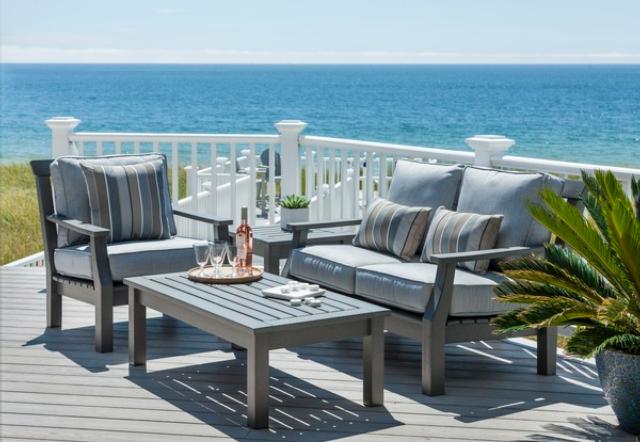As we look to the future of Woodline umbrellas, the potential for innovation remains vast. Emerging technologies may introduce new materials that further enhance durability while reducing weight. Additionally, smart technology could be integrated into umbrella designs, allowing for features such as weather forecasting or automatic adjustments based on environmental conditions. Such advancements would undoubtedly elevate the user experience, making Woodline umbrellas not only practical but also a reflection of modern living.
The longevity of quality wooden outdoor furniture represents perhaps its greatest sustainability advantage. While plastic furniture may initially seem more economical, its relatively short lifespan means it must be replaced frequently, generating waste and requiring additional resources for manufacturing replacement pieces. Well-made wooden furniture, by contrast, can last for decades or even generations with proper care, distributing its environmental impact over a much longer period of use. When wooden furniture does eventually reach the end of its useful life, the material Seaside Casual Furniture USA can often be repurposed, recycled, or allowed to biodegrade naturally, returning to the earth in a way that synthetic materials cannot.
Architectural standards must inform aesthetic choices. Umbrella colors should complement the community’s architectural palette while maintaining practical functionality. The overall design should reinforce the community concept – sleek, modern lines for contemporary developments or more traditional shapes for classic architectural styles.

The environmental impact of HOA umbrellas presents a nuanced picture that environmentally conscious associations should consider. Understanding both the positive and negative aspects helps make informed purchasing decisions.
Cabana-style umbrellas create more defined shade zones for premium communities. These larger, often rectangular models may include privacy curtains or screens that can be drawn to create semi-private spaces within public areas. They frequently serve as rentable or reservable amenities for residents hosting small gatherings, adding value to the community’s amenity package.
Residential landscape designers likewise recognize the value of quality umbrellas in creating cohesive outdoor living spaces. They select Grosfillex products that complement other elements like furniture, planters, and architectural features. The umbrellas often serve as anchoring elements that define activity zones within larger yards or patios. Their presence signals that a space is intended for human use and enjoyment, inviting interaction with the outdoor environment.
End-of-life management options continue to improve with innovations in recycling and repurposing. Many umbrella components can be separated for appropriate recycling: metal frames can join standard metal recycling streams, while fabric manufacturers now offer take-back programs for used canopies. Users should inquire about recycling options when purchasing new umbrellas to plan for eventual replacement.